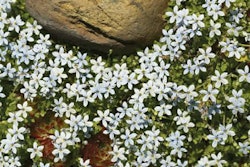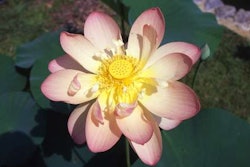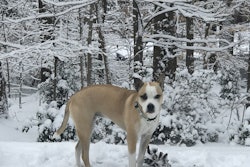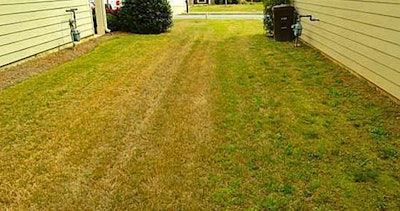
Winter weeds wither in the presence of two new pre-emergence herbicides.
Treating weeds in the fall is one of the best things you can do for turfgrass. Targeting fall-germinating weeds like chickweed, henbit and annual bluegrass with a pre-emergence herbicide is the path of least resistance to a lush lawn next spring.
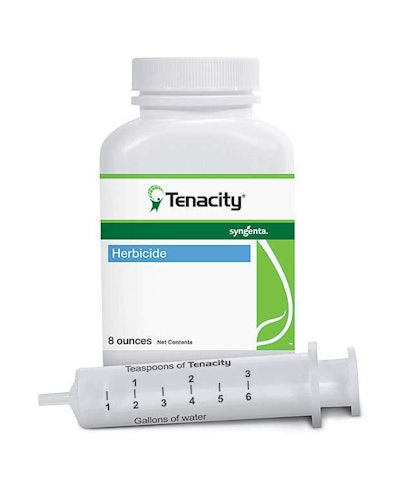
Whether you’re working with cool- or warm-season grasses, the introduction of new chemistries has made it easier than ever to achieve season-long control of winter weeds, even for areas that require reseeding – a category for which pre-emergence herbicides used to be a no-no.
Safe on seedlings
In the Midwest through the Southeast, high temperatures combined with little rain are positioning the industry for a fall that could be focused on lawn renovation. For years, reseeding a lawn meant foregoing a pre-emergence herbicide because of its non-selectivity of seedlings. That all changed with the introduction of mesotrione, a new active ingredient brought to market by Syngenta in its pre-emergence herbicide Tenacity, which was approved for use on residential lawns in April 2011.
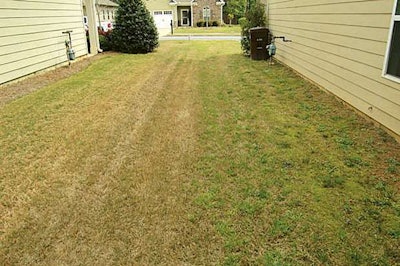 Specticle’s results (left) compared to no pre-emergence treatment
Specticle’s results (left) compared to no pre-emergence treatment“Summer has been brutal in many parts of the country, so to have lawn next spring, fall is the time to seed,” says Dean Mosdell, technical manager for Syngenta. “But as we put food and water down, we are still germinating weed seed: chickweed, henbit, speedwell. The goal is to eliminate this competition, allowing seeding to happen faster by reducing the competition from weeds that like the cooler temperatures.”
According to a research article published by Ohio State University, Dave Gardner and John Street, both associate professors of horticulture and crop science at OSU, report using Tenacity will result in nearly complete control of grassy weeds and some annual broadleaf weeds but will not affect the growth and development of the seedling turf.
“It’s been proven that pre is the way to go. Otherwise, you’re going to be out there three or four times to get weeds.”
“It’s more convenient to apply a pre-emergence herbicide the same day you are seeding,” Mosdell says. “With Tenacity, you can put it down just prior to seeing. So you apply it and seed right over the top.”
There is one caveat when using mesotrione on newly seeded cool-season grasses this fall: It doesn’t jive well with fine fescue. “Fine fescue should represent no more than 20 percent by weight of your total seed,” Mosdell warns. “That’s really the only restriction we have for seeding on cool-season grass.”
Punch-out Poa
The use of pre-emergence herbicides can be broken down into two main categories, Mudge says. “You use them in the fall for Poa control on warm-season turf and for crabgrass control in the spring on cool-season turf. That’s 90 percent of the market.”
Considering that Poa annua, also known as annual bluegrass, has been described as the most common and widely distributed grassy weed in the world, it makes sense that manufacturers would target it with products.
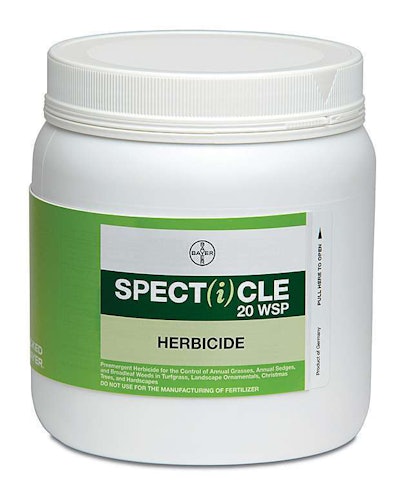
Annual bluegrass (Poa) is one of the most invasive weeds in typical turfgrass stands. It is also one of the most difficult to control.”
For all of the energy and effort that goes into trying to control Poa, indaziflam is the first new pre-emergence active ingredient to be introduced in the past 20 years to treat it. Bayer brought indaziflam to market in late 2010 in a product called Specticle.
Joining the ranks of long-time go-to pre-emergence herbicides such as Barricade (prodiamine), Dimension (dithiopyr) and Pendimethalin, the new active ingredient indaziflam is being touted for its residual control and its activity across both grassy and broadleaf weeds at a low-use rate (0.5-0.75 ounce of active ingredient per acre).
Labeled for warm-season turfgrass, Specticle has been embraced by turf managers in the south and southeast, Mudge says, who appreciate the flexibility it offers for application scheduling. Timing has always been critical for the efficacy of pre-emergence herbicides, but products like Specticle that offer some post-emergence control, as well, are more forgiving if you’re late getting them on the ground.
While pre-emergence herbicides are not targeted solely at broadleaf weeds, Mudge says using them in the fall does, in many cases, cut down on instances of broadleaf weeds in turf.
“All pre-emergence herbicides are used for grassy weed control,” Mudge says, “but some products will pick up winter annuals, as well. Any control of annual sedge is just icing on the cake. If you quit using a pre-emergence product, you would quickly find out you’d have a lot more broadleaf weeds than you had before.”
~~ By Cindy Ratcliff
